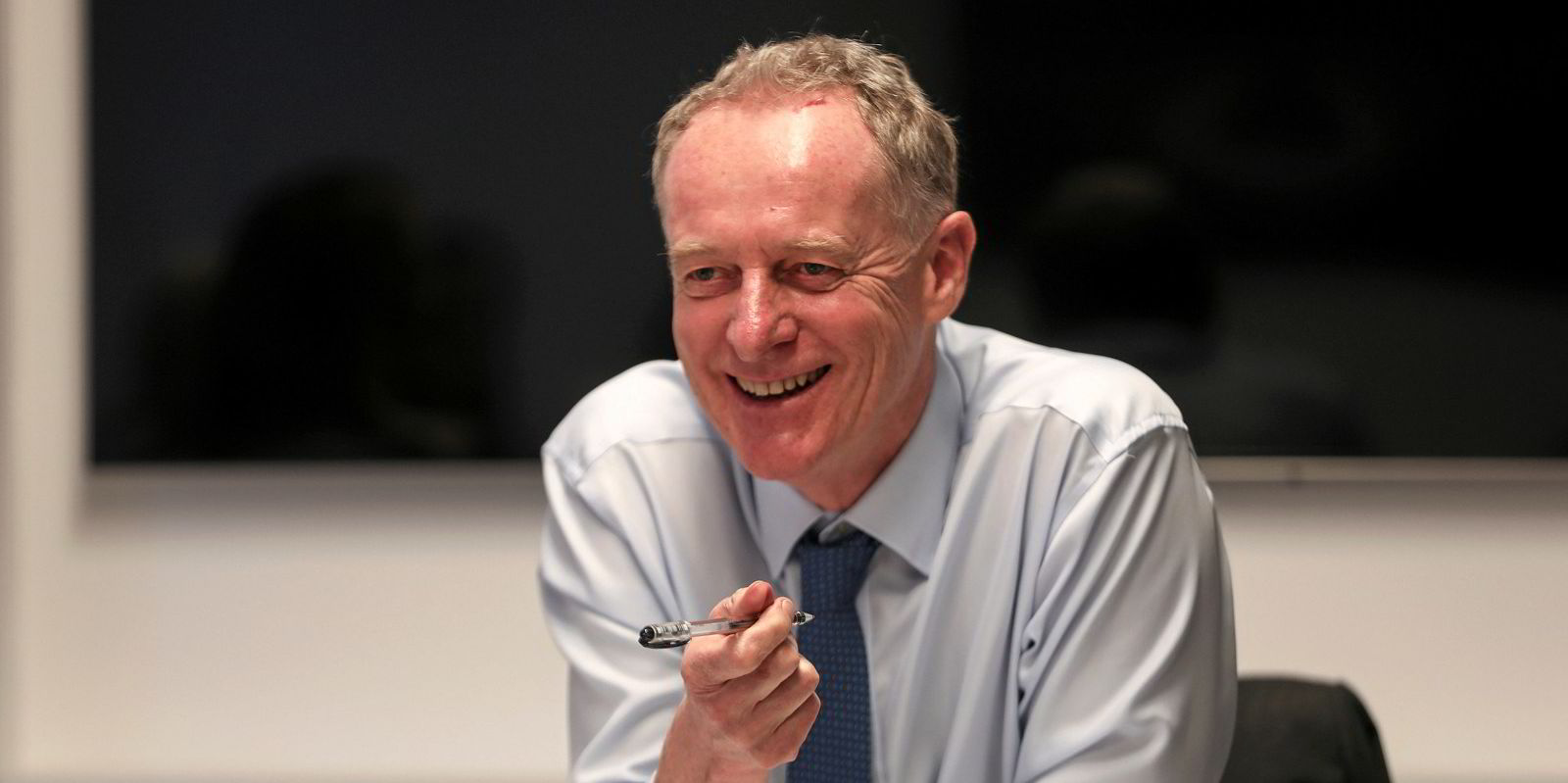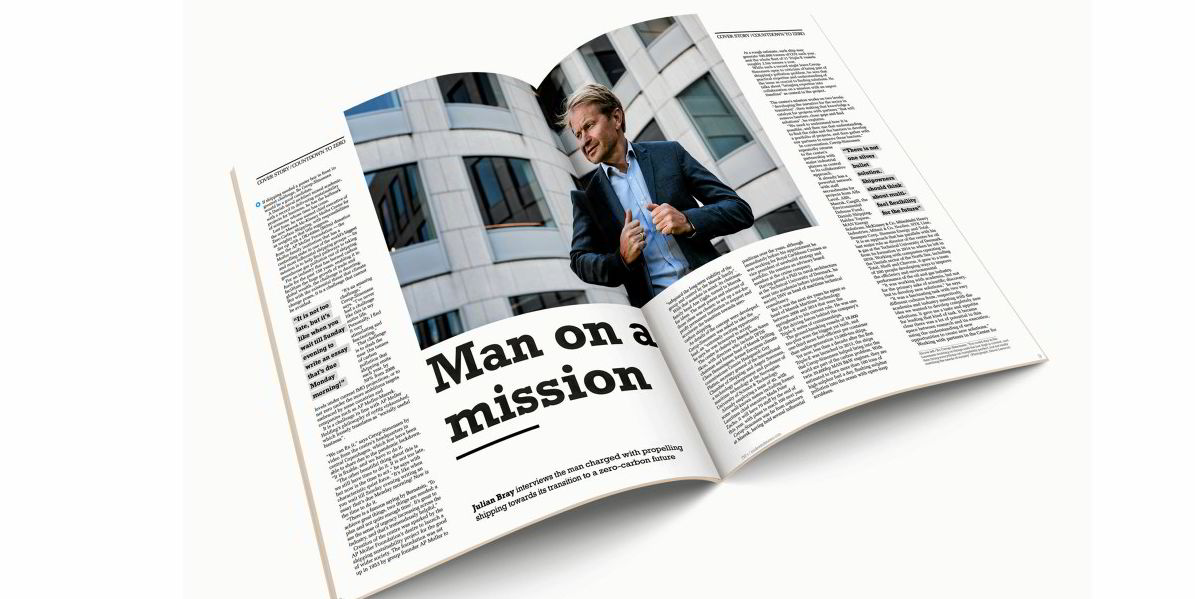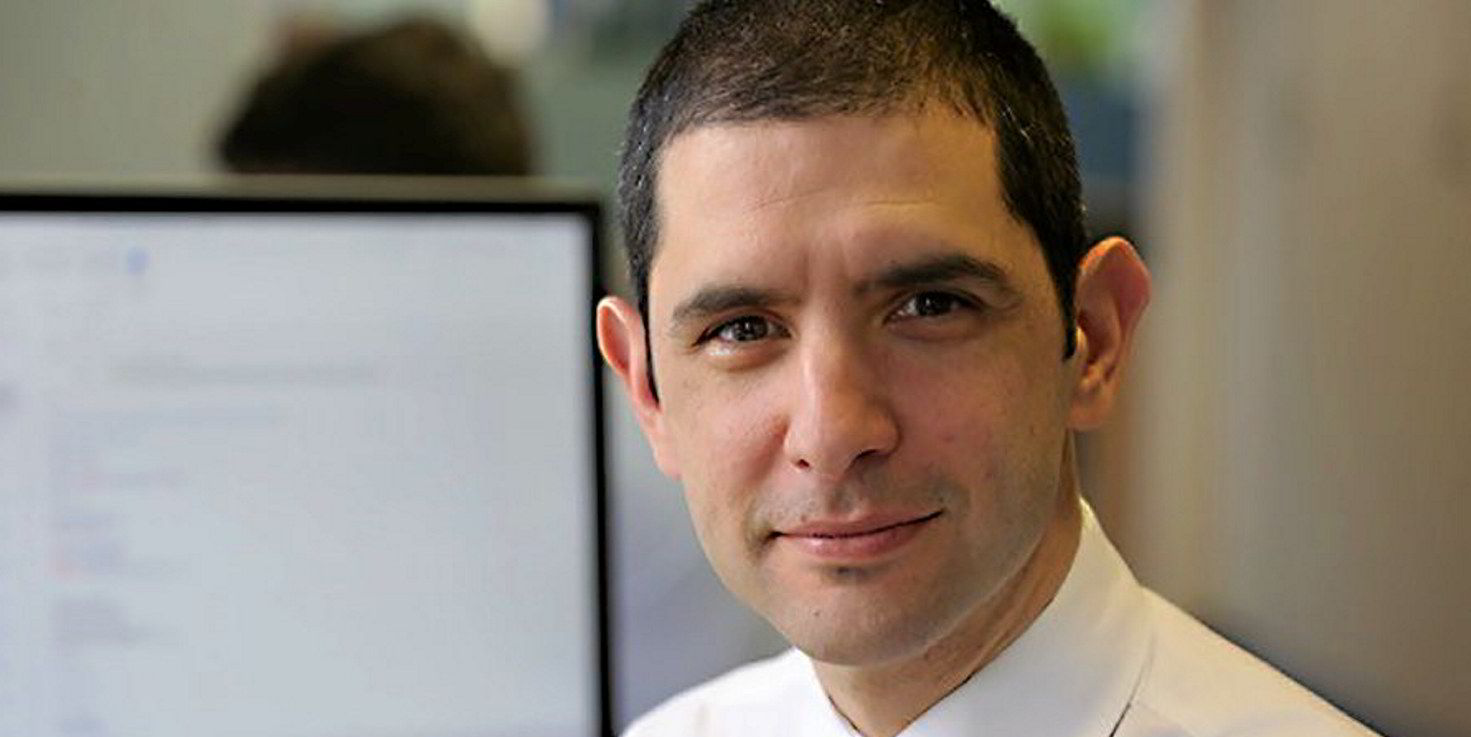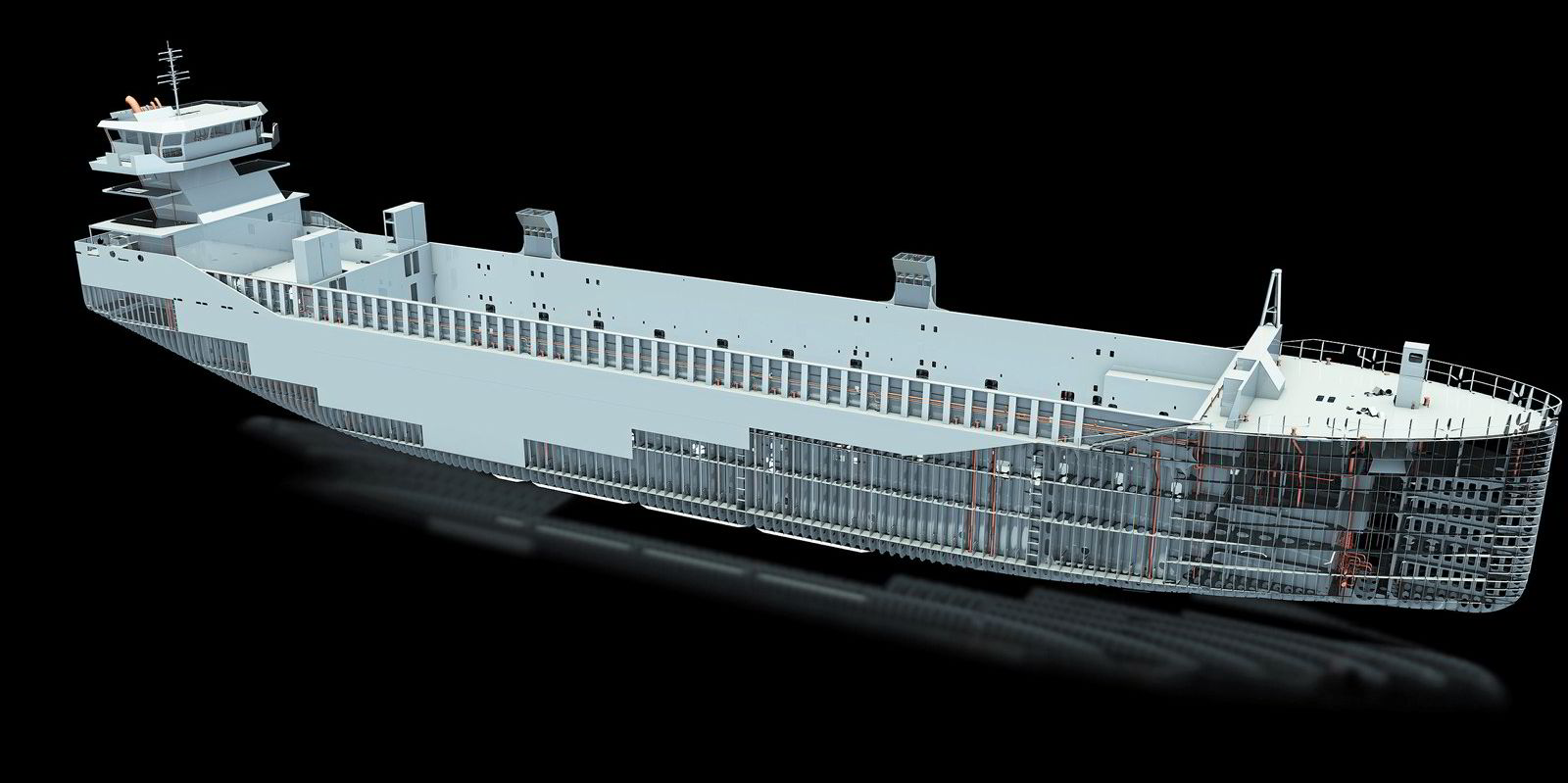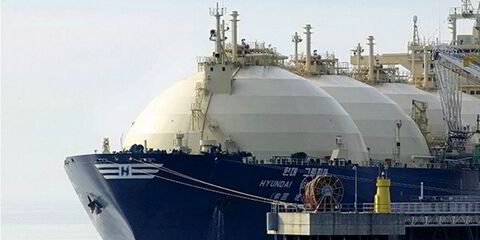Decarbonisation was a word almost never spoken in shipping circles until three years and one month ago, when the International Maritime Organization agreed its Initial Strategy to halve carbon emissions by 2050 from 2008 levels.
The word made its first appearance in TradeWinds in December 2015 in a story headlined: “Shipping lobbies to keep IMO as driver of emissions regulations”. It appeared in just 27 articles from then until April 2018, when the IMO deal began to bring shipping into line with the Paris agreement on climate change.
To my surprise, I discovered that I had written our very first article on decarbonisation in reporting from a discussion in Paris spearheaded by some of the greener-leaning elements in the industry who recognised the need to start cutting emissions.
The message espoused at that meeting was that the IMO should be left to decide how to implement measures to reduce greenhouse gas (GHG) emissions agreed by sister agency the United Nations Framework Convention on Climate Change.
“We want to have a global agreement. But it can only be implemented through IMO,” said Peter Hinchliffe, then secretary general of the International Chamber of Shipping (ICS) as he summed up the thrust of the discussion.
Hinchliffe was responding to Samantha Smith, leader of the global climate & energy initiative at the WWF, who had argued: “I would encourage IMO to look at transformational change, rather than step change. A first step would be a strong levy on bunker fuels.”
The IMO got around to agreeing a compromise target but no real strategy on how to get there in 2018. And the word decarbonisation has appeared in TradeWinds more than 700 times since.
Strategies for how shipping will decarbonise have slowly followed, after much opposition to “strong” measures and tangled debate over what is thought to be possible.
The Energy Efficiency Existing Ship Index and Carbon Intensity Indicator (CII) — aimed at existing ships hitting the IMO 2030 target to cut emissions by 40% — were only agreed in late 2020, with the CII coming into force in 2023.
Meanwhile, evidence has piled up that the globe is facing potentially catastrophic climate change without drastic action to halt and reverse GHG emissions. About half of the world’s governments have signed up to the Paris accord, but it is becoming clear that even stronger measures are needed.
Shipping has been slow to catch up. Speed of response has not been one of the IMO’s greatest attributes, hampered as it is by bureaucratic mechanisms that tend to water down proposals into sometimes barely adequate policies.
Yes, the issues are complex. There are no obvious technical solutions immediately available to allow zero-carbon marine fuels to be burned, and we need to avoid decisions that are unworkable or harmful.
But it has become apparent that the commercial world is leading the regulators in the maritime sphere as a younger, more technologically, socially and environmentally savvy generation of shipping bosses takes charge — and pressure is applied from the outside world as financiers, charterers and shippers find they need to align their actions with greener business strategies.
As the summer 2021 decarbonisation-themed issue of TW+ was being put together, shipping organisations, including the ICS, joined forces to push the IMO to accelerate discussion of carbon pricing, while the US special envoy for climate, John Kerry, said he wanted shipping to target zero emissions by 2050.
Renewable energies, necessary for the electrolysis process to create green versions of alternative fuels such as methanol, ammonia and hydrogen, are expanding and becoming cheaper at a rate thought impossible a few years ago, and engines capable of burning them are just a few years away. But there is still a long way to go from regulation to technological development.
One thing is certain, though. Avoidance and damage-limitation strategies will be harmful to shipping and the world if a failure to act now means more stringent policies are required down the road.
As Smith argued more than five years ago: now is the time to look for transformational change, and it probably will involve a levy on bunker fuels.
